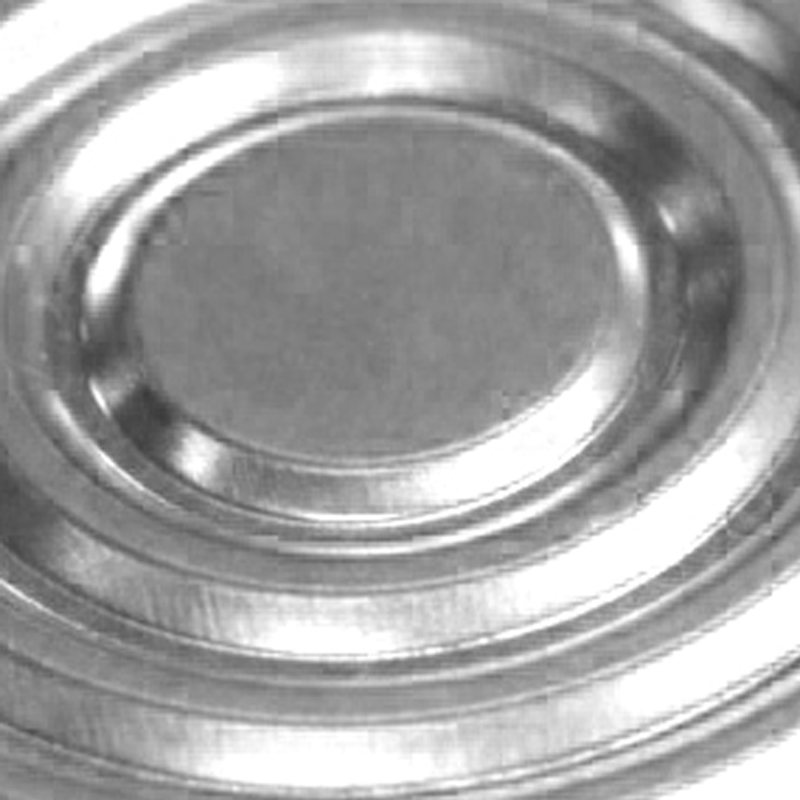
Nov . 25, 2024 23:00 Back to list
static pressure for differential pressure gauge service
Understanding Static Pressure in Differential Pressure Gauge Service
Differential pressure gauges are vital instruments used across various industries to measure the difference in pressure between two points. This function is particularly essential in applications such as HVAC systems, water treatment plants, and chemical processing. One crucial aspect of operating these gauges is understanding static pressure, which plays a significant role in the accuracy and reliability of readings.
What is Static Pressure?
Static pressure refers to the pressure exerted by a fluid at rest. In the context of differential pressure gauges, static pressure is the pressure that exists in the wells of the measurement points, whether they are liquid or gas. It acts in all directions and is a critical factor that can affect the readings returned by the differential pressure gauge. Therefore, comprehending static pressure is fundamental for ensuring precise measurements and overall system performance.
How Static Pressure Affects Differential Measurements
Differential pressure gauges work by measuring the pressure difference between two points one connected to the high-pressure side and the other connected to the low-pressure side. The output reading is primarily influenced by the difference in pressure; however, static pressure can introduce complexities into the measurement process.
When the static pressure at the measurement points varies significantly, it can lead to erroneous readings. For example, high static pressure may cause compressibility effects in gases, affecting the density and leading to inaccurate differential readings. In liquid applications, variations in static pressure can result in differing hydrostatic pressures at the sensing points, potentially skewing the output of the gauge. Hence, it is critical to account for static pressure when interpreting the data from differential pressure gauges.
Designing with Static Pressure in Mind
When designing systems that incorporate differential pressure gauges, engineers must consider static pressure to ensure accuracy. There are a few ways to mitigate the impact of static pressure
static pressure for differential pressure gauge service

1. Static Pressure Compensation Some advanced differential pressure gauges include features that automatically compensate for static pressure variations. These devices utilize sophisticated algorithms to adjust the readings, thereby enhancing measurement accuracy.
2. Proper Sensor Placement Strategic placement of the pressure sensor can minimize the effects of static pressure. For instance, placing the sensing ports at equal heights can help ensure that hydrostatic pressures imparted by the liquid column do not skew readings.
3. Calibration Regular calibration of differential pressure gauges is vital. This calibration process should factor in the static pressure conditions under which the gauges are operating. By aligning the gauge readings with the expected static pressures, precision can be greatly improved.
4. Selecting the Right Gauge Depending on the application, choosing a gauge with the appropriate range and sensitivity to static pressure can enhance measurement accuracy. High-quality models often have lower susceptibility to static pressure discrepancies.
Applications and Importance
The understanding of static pressure in differential pressure gauge service extends across multiple applications. In HVAC systems, accurate measurements are fundamental for maintaining optimal airflow and temperature control. In the pharmaceutical industry, precise pressure readings are crucial to ensure compliance with safety standards and product quality. Many other industries, including oil and gas, food processing, and wastewater treatment, rely similarly on accurate differential pressure measurements, making it imperative to consider static pressure in gauge service.
Conclusion
In summary, static pressure is a critical factor that significantly affects the functionality and accuracy of differential pressure gauges. Whether in the industrial sector or laboratory settings, understanding and accounting for static pressure is essential for achieving precise measurements. By considering aspects such as sensor placement, calibration, and proper gauge selection, industries can ensure that their differential pressure measurements are both accurate and reliable. This knowledge not only enhances operational efficiency but also helps maintain safety standards across diverse applications.
-
Precision Differential Pressure Gauge Assembly Reliable & Customizable Solutions
NewsMay.29,2025
-
WIKA Sanitary Diaphragm Pressure Gauge High Precision & Durability
NewsMay.29,2025
-
HD Fire Pressure Gauges High Accuracy & Durable Solutions
NewsMay.28,2025
-
Custom Singles Capsule Systems Top Exporters & Factories
NewsMay.28,2025
-
Piston-Style Differential Pressure Gauges Precision & Durability
NewsMay.28,2025
-
WIKA Differential Pressure Gauge 700.04 High-Accuracy Industrial Measurement
NewsMay.28,2025
